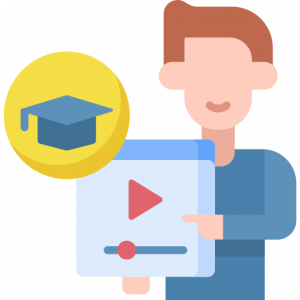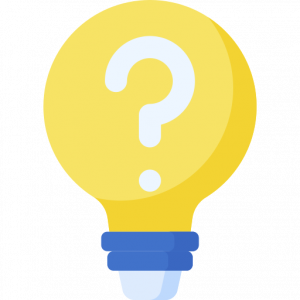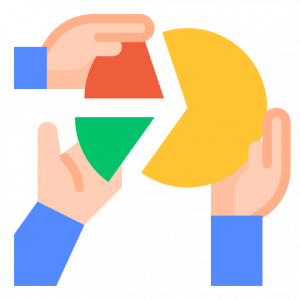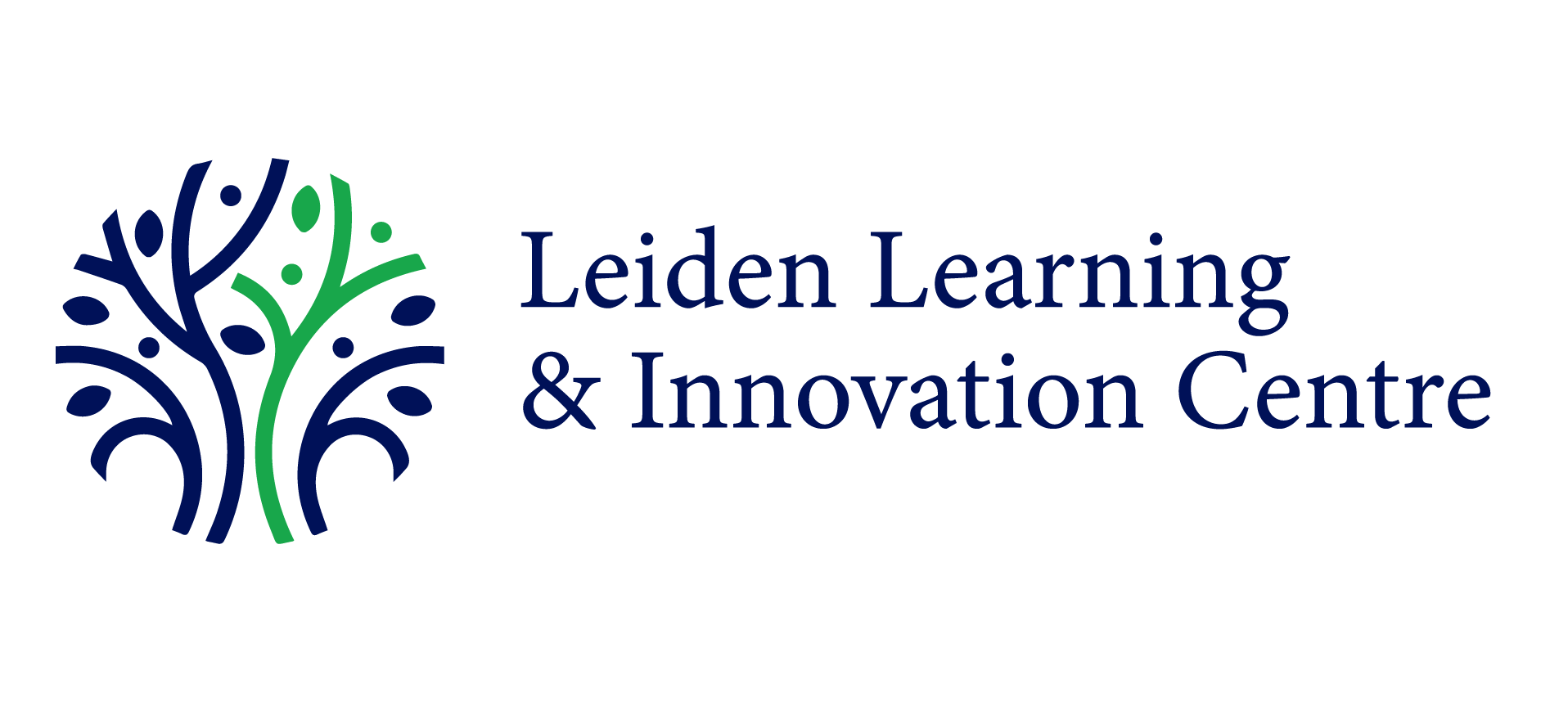Learning Experiences
The way we teach and learn is changing. New technology and knowledge offer opportunities to make education more diverse, accessible, and engaging. Teachers can reach students further away and in new ways, across a range of media. Students learn with diverse materials, in new formats, and with more options than ever to personalise their learning and collaborate with others. How do we link and take advantage of these developments? We focus on the experiential side of learning.
How Learning Experiences Guide Our Work
Everything we do is about learning, whether building a VR application, designing a course or even programming an algorithm to respond to questions. Our focus areas in this theme are used to inform our work, developing Digital Solutions for Education & Research, Lifelong Learning and Data & AI for Social Impact. Our learning designers and media experts use innovative and reflective approaches to collaborate with developers, project managers, designers and partners to ensure that learning is always at the forefront of our work. With innovation at the heart of our methodology, we test and construct result-based learning experiences that are engaging for teachers and learners.
Within this theme, we have three focus areas:
- Designing Blended Learning
- Stimulating Curiosity and Play in Learning
- Community Building
Designing Blended Learning
 Blended learning is about finding ways to incorporate the opportunities of digital tools to enhance learning. A vital part of our blended learning work is to make sure that the ICT tools enrich the learning experience of the students by stimulating flexibility (synchronous and asynchronous learning), interactivity, and active learning. An example of blended learning is integrating MOOCs into the curriculum.
Blended learning is about finding ways to incorporate the opportunities of digital tools to enhance learning. A vital part of our blended learning work is to make sure that the ICT tools enrich the learning experience of the students by stimulating flexibility (synchronous and asynchronous learning), interactivity, and active learning. An example of blended learning is integrating MOOCs into the curriculum.
At LLInC, we pilot and test education technologies that contribute to a sense of presence and foster community development and a sense of trust. Whether in person or online, spatial and social interactions are crucial for an effective learning experience that includes inclusivity and wellbeing in the classroom.
Stimulating Curiosity and Play in Learning
 We stimulate curiosity by designing around students’ intrinsic motivation so that learning experiences evoke creative and emotive interactions. We work with educators and students to create unique and experiential learning environments, such as educational escape rooms, role play, serious strategy games and mini playful exercises. By participating in playful and gamified experiences, learners learn better and benefit from a sense of joy thanks to these unique study modes.
We stimulate curiosity by designing around students’ intrinsic motivation so that learning experiences evoke creative and emotive interactions. We work with educators and students to create unique and experiential learning environments, such as educational escape rooms, role play, serious strategy games and mini playful exercises. By participating in playful and gamified experiences, learners learn better and benefit from a sense of joy thanks to these unique study modes.
Community Building
 In higher education, building (virtual and physical) learning communities is about creating a space where learners work together and, with their combined skills and knowledge, dissect and tackle problems. It can be with or without teacher guidance, sometimes facilitated by an online environment that provides collaboration tools.
In higher education, building (virtual and physical) learning communities is about creating a space where learners work together and, with their combined skills and knowledge, dissect and tackle problems. It can be with or without teacher guidance, sometimes facilitated by an online environment that provides collaboration tools.
Social learning enhances learning outcomes and promotes leadership and digital skills. In creating an ethically responsible community, it is important to guard data privacy and guide behaviour on strict academic principles. Also, in the realm of innovating with new learning technologies, we bring people together in a network of peers that work with the same digital solutions in education. The XR ERA community is an example of how we are building a community of practice together, to overcome obstacles and enhance education with immersive technologies.
Tools and Services
Want to learn more about our work to innovate Learning Experiences?
People: We produce and facilitate workshops and training for educators or project teams to develop context-specific, science-based learning experiences for students and professionals.
Process: We work with private and public organisations to map internal learning opportunities and develop learning environments. To ensure effective implementation, we assist with transforming internal operations to support learning and innovation.
Technology: We work in multidisciplinary teams to test and determine what technology is most effective for your learning experience. By guiding technology choices by what is best for the intended learning outcome, we aim to bridge the gap between digital and physical.
GET IN TOUCH
Reach out to us if you want to learn more or are interested in one of our workshops.
How we put people first
Our experts are committed to user-centered design. We take a holistic, multidisciplinary approach to identify and solve problems by rethinking ways of working, implementing technology, building applications, running workshops and giving policy advice. By taking a critical eye towards the problem we’re trying to solve, we prioritise user experience throughout every project lifecycle.


